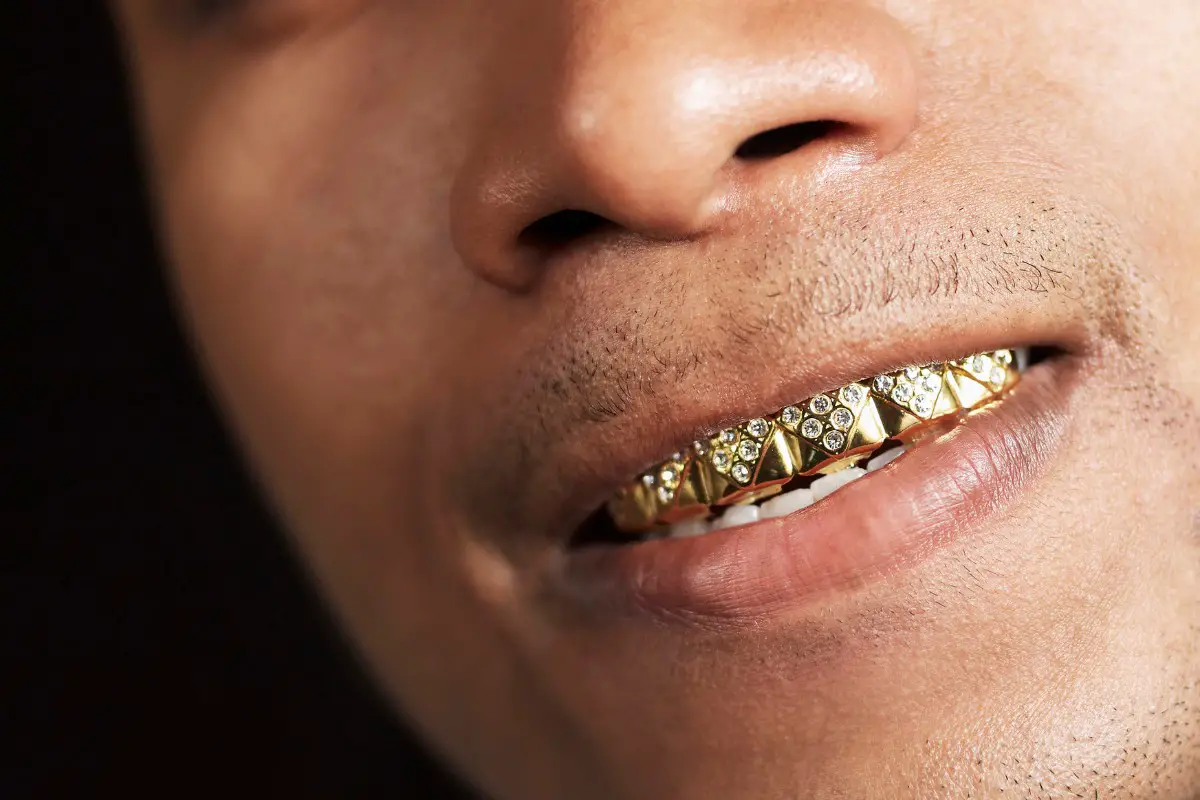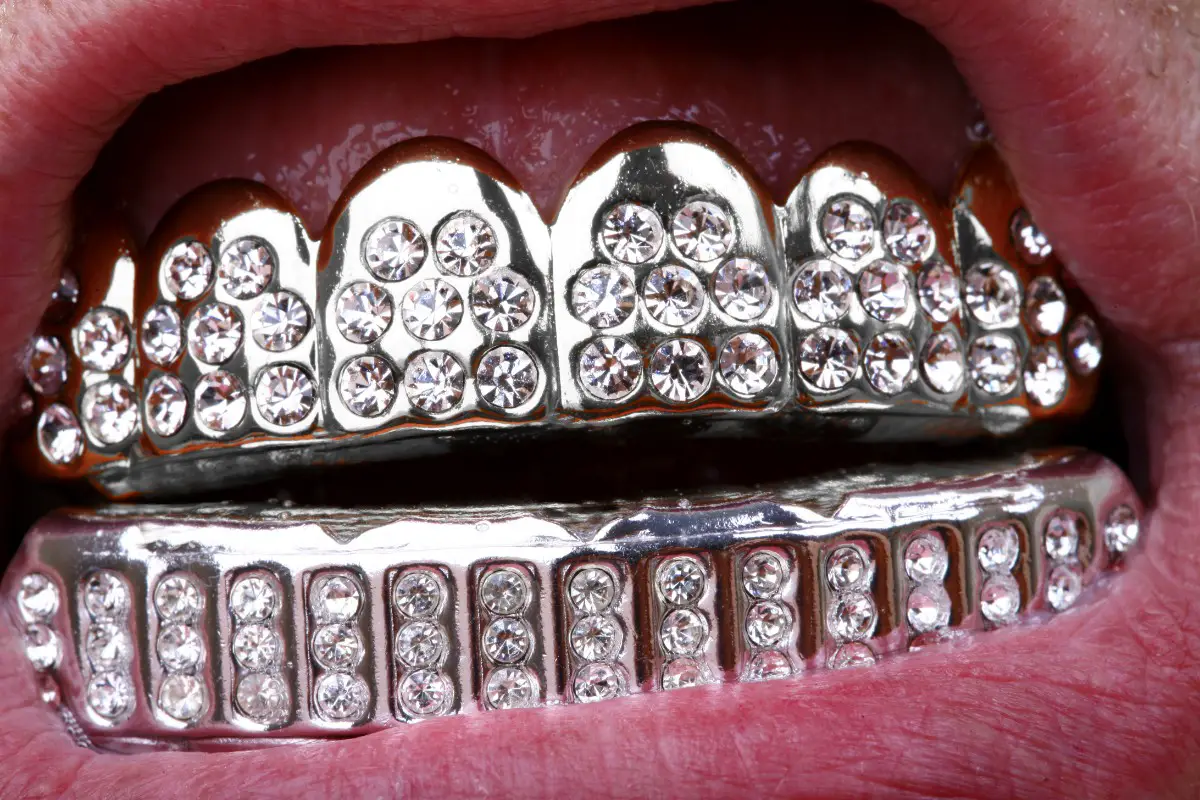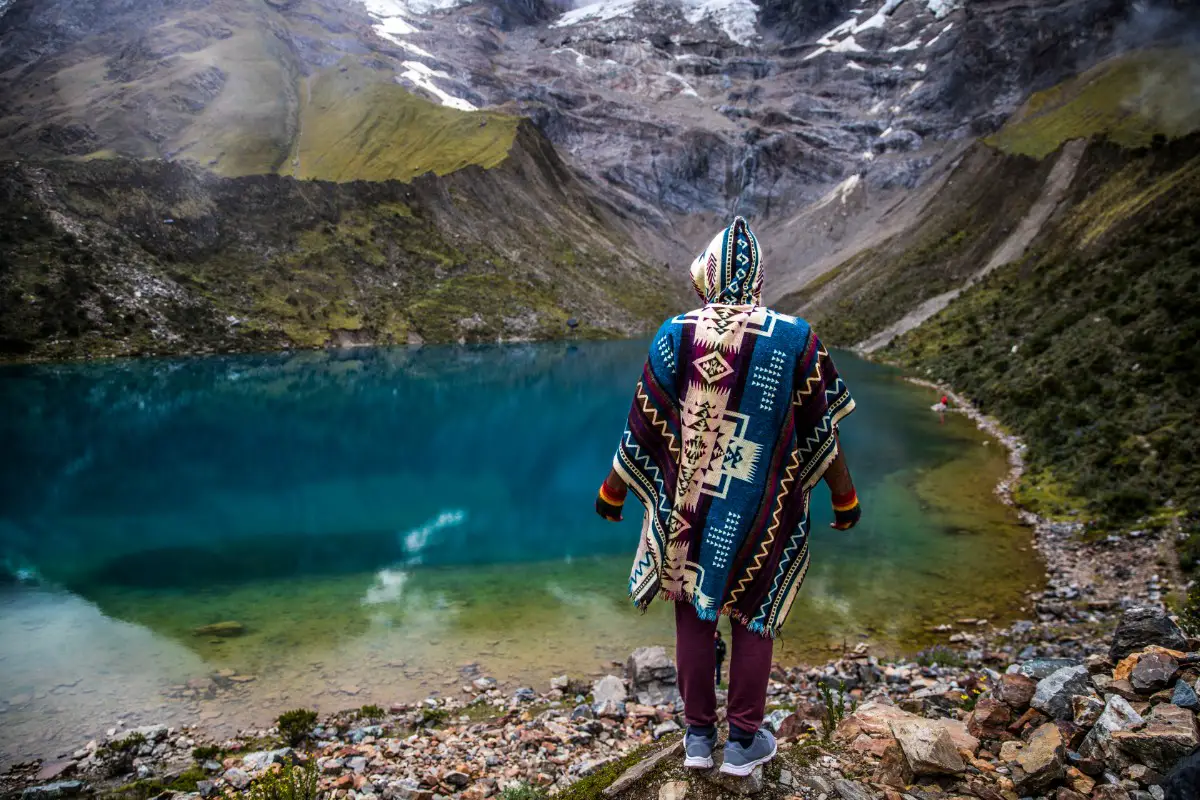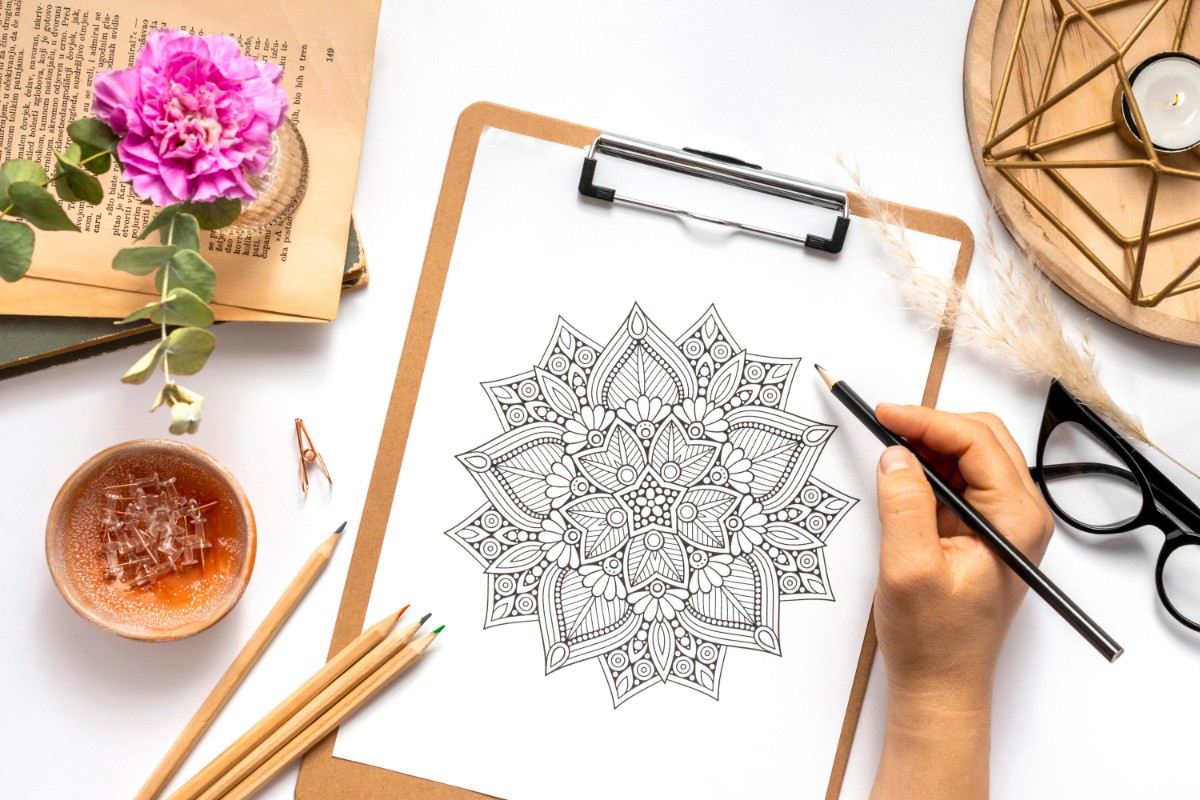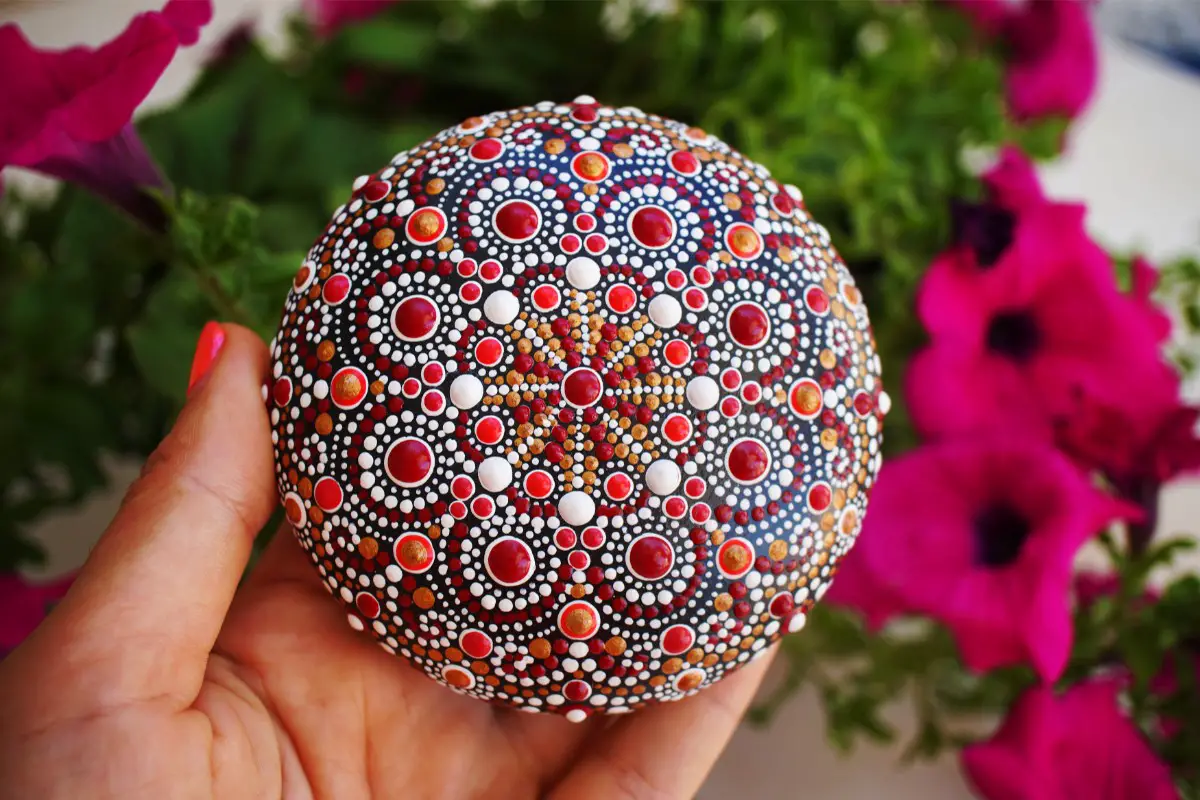Deciding on the right attire for a job interview can be complicated and sometimes stressful.
It can be particularly tricky if the interview is for a maintenance position.
The question of what to wear to a maintenance job interview is one that many potential candidates grapple with trying to strike a balance between professional and practical.
There’s also the need to comply with possible company dress codes and to make the right first impression.
It’s crucial that attire chosen looks clean neat and professional.
However considerations like safety the potential for a skills demonstration and the traditionally more casual dress code in the mechanic field can make this more complex than dressing for an office job interview.
So how does one appropriately dress for a maintenance job interview without sacrificing professionalism or safety?

What To Wear To Maintenance Job Interview?
If you are preparing for a maintenance job interview whether you are an experienced mechanic or a diesel technician your attire plays a crucial role. Your outfit should be neat professional and demonstrate your respect for the job.
For a maintenance job interview men often wear dark-colored dress pants a button-down dress shirt and dress shoes and women wear dark-colored pants or a skirt with a blouse or a dark-colored dress with nylons. You should keep your colors neutral and clothes well pressed.
Consider wearing a coordinating jacket sports jacket or blazer. Dressing for a diesel technician job interview is key part of your interview technique.
Additional Interview Attire Tips
Ensuring your clothes are clean is vital. Choose plain fabrics over distracting patterns and ensure your outfit is color-coordinated.
Opt for quality over flashy looks. Pay attention to general grooming like hair nails shave if necessary and limit your cologne or perfume.
Excessive jewelry makeup and brightly colored tie may distract the interviewer. It’s not absolutely important to wear a tie but if you do ensure it matches your outfit and isn’t too flamboyant.
For those with long hair remember to tie it back to maintain a clean and professional look.
Keep in mind that in maintenance careers there might be a chance to demonstrate skills or take a shop tour. Plan and prepare accordingly.
Bring a pair of clean well-polished sturdy safety shoes or steel toe boots. Begin ready with a pair of clean coveralls if required and possibly safety glasses for safety purposes.
Mechanics wear should be presentable without obvious holes or frayed edges. Remember while you are preparing for a maintenance job interview comfort and safety shouldn’t be compromised.
Preparing For A Maintenance Technician Job Interview
When preparing for a maintenance job interview the key is to demonstrate skills through your presentable appearance. Plan your outfit in accordance with the company dress code.
Your attire should not only be clean and neat but it should also be professional and business-like. This is applicable for both men and women technicians.
Dressing appropriately for your interview is a way of showing respect to your potential employer.
While preparing make sure to limit perfumes colognes and brightly colored clothing. Opt for a neutral outfit with no distracting patterns.
Consider practising interview techniques ahead of the interview. Bear in mind to get references as these will be essential to the process.
What To Wear For A Maintenance Job Interview
A successful diesel technician job interview begins with a good first impression. Men can choose to wear dark-colored dress pants a clean well pressed casual shirt dress shoes and consider adding a blazer or sport coat for that professional touch.
As a woman a dark-colored dress with nylons or neat trousers carriy a certain level of professionalism. A good quality blouse or sweater completes the look.
Suitable footwear includes closed-toed dress shoes or heels. Avoid excessive jewelry and heavily applied makeup to maintain a modest profile.
No matter the role safety is paramount in this field. If the role requires it bring a clean pair of coveralls steel toe boots and safety glasses for a skills demonstration or a tour of the shop.
A successful technician job interview is heavily dependent on dressing the part. Your appearance should communicate that you are organized professional and respectful.
And remember the interview doesn’t just measure your technical skills but also your personal qualities.
Ideal Clothing For A Maintenance Job Interview
When prepping for a maintenance job interview it’s crucial to make a professional impression. For men opt for dark-colored dress pants a solid-colored or simple patterned button-down dress shirt dress shoes and a blazer or sport coat.
Women can suit up in dark-colored dress pants or a skirt paired with a patterned blouse or a dark-colored dress with nylons. A neutral outfit with a good quality sweater can also work.
To demonstrate skills bring a clean pair of coveralls steel toe boots and safety glasses if necessary. Your clothing should be neat pressed and free from obvious holes or frayed edges.
Tips For Dressing For A Maintenance Job Interview
Be sure to dress two levels higher than the typical company dress code. This ensures you appear business-like and professional.
Choose plain fabrics without funky patterns or bright colors.
Give attention to your general grooming; be freshly shaven keep your hair neat and limit your jewelry and makeup. Also go light on the cologne or perfume.
Your nails should be clean and well-manicured.
For safety purposes choose sturdy shoes over sandals or sneakers. Make sure they’re well polished and in good condition.
A casual shirt and trousers for men and a casual blouse and skirt for women are suitable. A tie is optional but should match your outfit and not be too brightly colored.
Finally if the interview technique involves a skills demonstration bring a set of clean and pressed overalls. They should be free from obvious holes or frayed edges.











